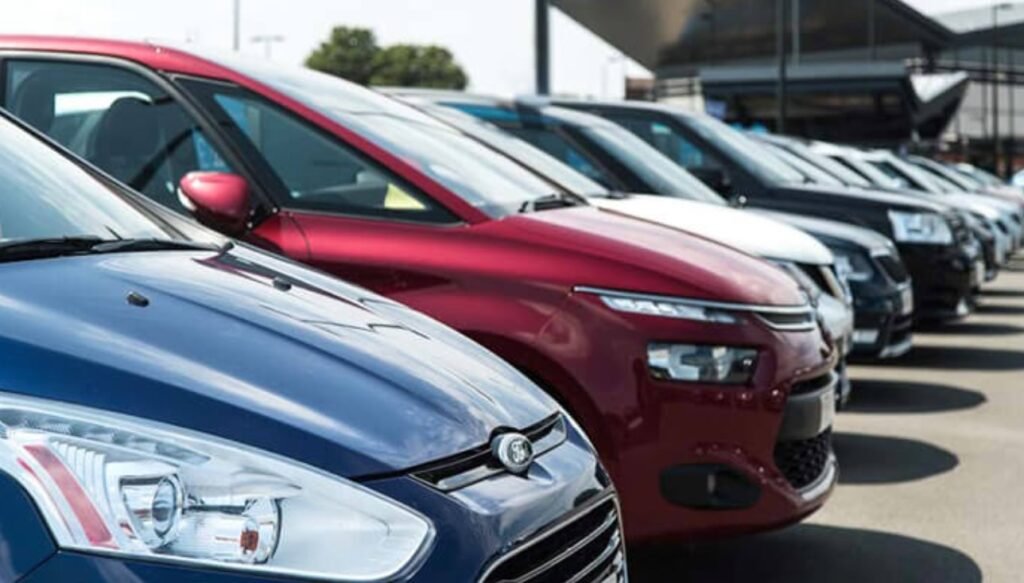Electric vehicles (EVs) are widely seen as the future of transportation, offering benefits such as lower emissions, lower maintenance costs, and tax incentives. However, a recent survey by J.D. Power reveals that many Americans are still hesitant to switch to EVs, despite the growing availability and affordability of these vehicles. What are the main reasons behind this reluctance, and how can they be overcome?
One of the biggest barriers to EV adoption is the lack of charging infrastructure in the US. According to the survey, 68% of respondents said they were concerned about the availability and accessibility of public charging stations, and 58% said they were worried about the time it takes to charge an EV. These concerns are valid, as the US currently has only about 43,000 public charging outlets for over 1.8 million EVs on the road, according to the US Department of Energy. This means that many EV owners have to rely on home charging, which may not be feasible for those who live in apartments or condos, or who travel long distances.

To address this issue, the Biden administration has proposed to invest $15 billion to build 500,000 charging stations across the country by 2030, as part of its $1.2 trillion infrastructure bill. This would significantly expand the charging network and make it more convenient and accessible for EV drivers. Additionally, some automakers, such as Tesla, Ford, and Volkswagen, have also launched their own charging networks or partnered with existing ones, to provide more options and incentives for their customers.
High upfront costs
Another major obstacle to EV adoption is the high upfront cost of these vehicles. Even though EVs are cheaper to operate and maintain than conventional cars, they still have a higher sticker price, mainly due to the cost of batteries. The survey found that 65% of respondents said they were not willing to pay more for an EV than for a similar gas-powered car, and 53% said they were not willing to pay more than $35,000 for an EV. The average price of a new EV in the US was $55,600 in 2020, according to Kelley Blue Book, while the average price of a new gas-powered car was $38,000.
To reduce the cost gap, the federal government offers a tax credit of up to $7,500 for eligible EV buyers, depending on the battery size and the manufacturer’s sales volume. However, this credit phases out after a manufacturer sells 200,000 EVs, which has already happened for Tesla and General Motors, the two largest EV sellers in the US. Moreover, the credit is not available for lease customers, who account for about half of the EV market, according to Edmunds. Therefore, many EV advocates and lawmakers have called for an extension and expansion of the tax credit, to make it more accessible and equitable for all EV buyers. The infrastructure bill includes a provision to do so, by raising the cap to 600,000 vehicles per manufacturer, and adding a $2,500 bonus for vehicles made in the US by union workers.
Low consumer awareness and education
A third factor that hinders EV adoption is the low level of consumer awareness and education about these vehicles. The survey revealed that 69% of respondents said they had little or no knowledge about EVs, and 61% said they had never been in an EV. This lack of familiarity and exposure leads to many misconceptions and myths about EVs, such as their performance, reliability, safety, and environmental impact. For instance, 39% of respondents said they thought EVs had less power and acceleration than gas-powered cars, and 35% said they thought EVs were more likely to catch fire than gas-powered cars. Both of these assumptions are false, as EVs have instant torque and faster acceleration than most gas-powered cars, and have a lower risk of fire than gas-powered cars, according to the National Highway Traffic Safety Administration.
To increase consumer awareness and education, the EV industry and the government need to invest more in marketing, outreach, and advocacy efforts, to inform and persuade potential buyers about the benefits and features of EVs. Some of these efforts include providing more online and offline resources, such as websites, videos, podcasts, brochures, and guides, to explain the basics and advantages of EVs; offering more test drives, ride-alongs, and demonstrations, to showcase the performance and functionality of EVs; and engaging more with local communities, media, and influencers, to spread positive word-of-mouth and testimonials about EVs.
Electric vehicles are an essential part of the transition to a cleaner and greener transportation system, but they face several challenges in gaining wider acceptance and adoption among American consumers. These challenges include the lack of charging infrastructure, the high upfront costs, and the low consumer awareness and education. To overcome these challenges, the EV industry and the government need to work together to provide more incentives, infrastructure, and information, to make EVs more attractive, affordable, and accessible for all.
